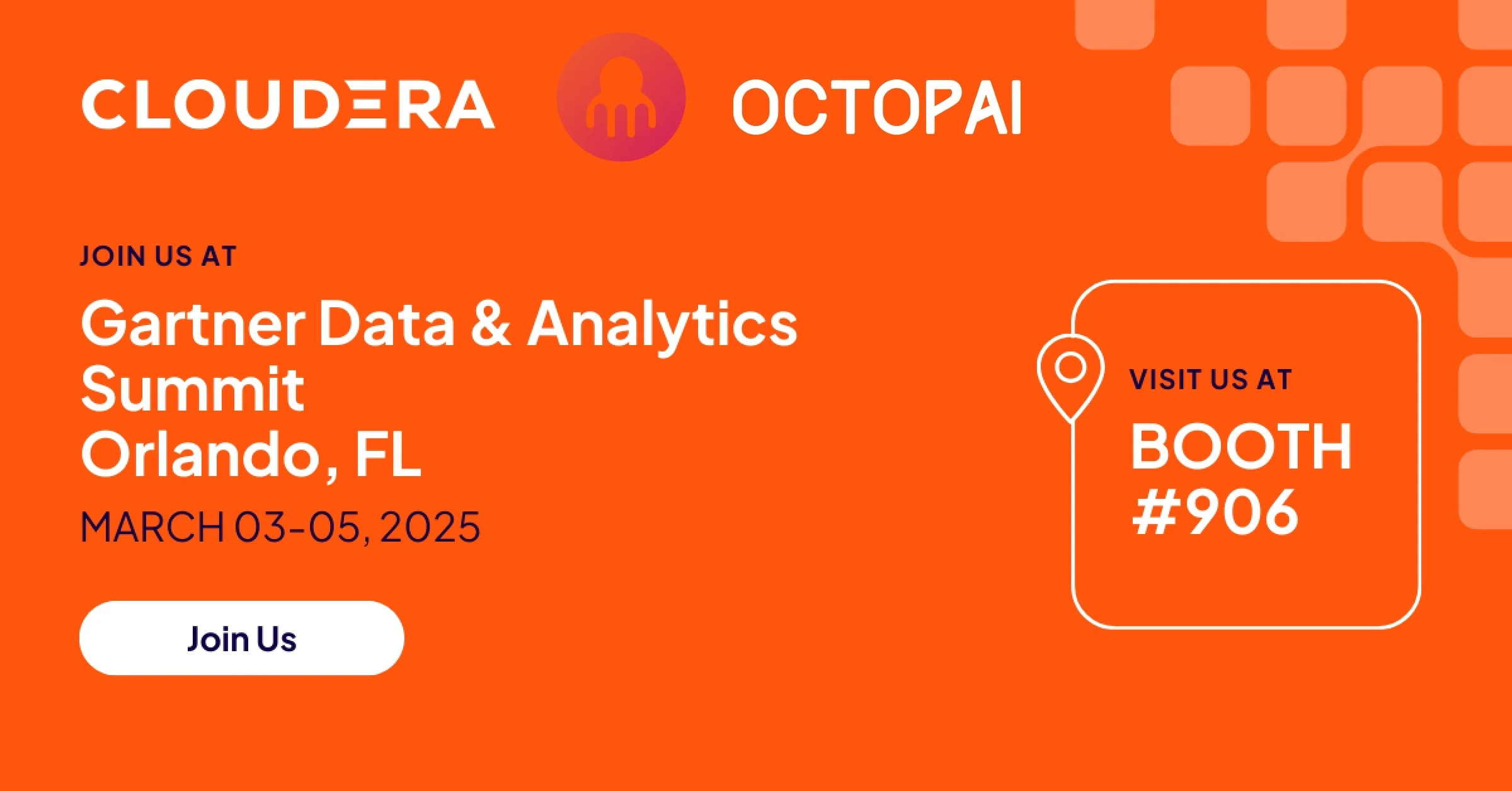Like most data professionals out there today, you’re probably realizing as you get ready for GDPR that you don’t really know all that much about your data. You struggle to find it, understand it, track it, and of course — most of all — you struggle to leverage it. Sound familiar?
So many companies and organizations are in the same boat. They’re drowning in their data — so much data, from so many different sources..
BI teams are investing loads of time manually mapping out their data in order to find and make sense of it, but this manual process is not always the most accurate. Mistakes are often made and organizations end up making decisions based on incorrect data. Octopai’s automated data mapping tool enables the BI group to not only locate their data instantly, but to see everything about their data from where it originated to any changes it underwent to where it is headed. It truly couldn’t be easier.
The best part though? This data mapping software will help you become GDPR compliant.
What is Data Mapping?
Data mapping is used as a first step for many different data integration tasks including such as data transformation, identification of data relationships as part of data lineage analysis, discovery of concealed sensitive data and consolidation of multiple databases into a single one. It is the process by which we lay out the entire data journey from beginning to end – the groundwork that goes into presenting complete data lineage.
This process is particularly helpful for understanding how a report was created, for example. If a BI Analyst were to discover an error or inconsistency in any given report, use of a data mapping tool is what enables the report to be easily traced back to its source so that he or she would be able to identify the origin of the error and repair it in all subsequent reports.
Read about how Octopai automates data mapping
Critical for GDPR Compliance
As we all know already, in order to comply with GDPR, companies must take measures to protect the data they process about Europeans, but before they can begin the compliance procedure, they first have to actually locate their data.
Finding your data, understanding it, and being able to rely on its accuracy is crucial for GDPR compliance, and metadata management is a huge part of this. With GDPR approaching, and with so many companies collecting more and more data, businesses and organizations all over the world are embracing metadata management as an essential part of their data governance program.
GDPR data mapping is on the minds of so many data professionals as they agonize about the overwhelming tediousness of the process. It doesn’t have to be that way. Automation is here.
Data Mapping Best Practices
Automation is revolutionizing the way we track the data movement process and thereby making it much easier for BI groups to do their jobs. The business benefits too, of course, as teams double their capacity by using Octopai.
With our automatic data mapping tool BI groups can autodiscover, access and get the data ready for GDPR compliance super easily. A business analyst simply has to enter “username” into the search field, and every single result will be generated, even if it is not listed under the exact category name within every reporting database. In seconds, the analyst has access to full data lineage and can easily review the data flow and the relationship between each data item along the map.
Octopai maps out all the reports related to privacy sensitive data so that this information can be instantly located within every single reporting system and presents complete data lineage for BI groups to achieve GDPR compliance more quickly, more easily and more accurately.







